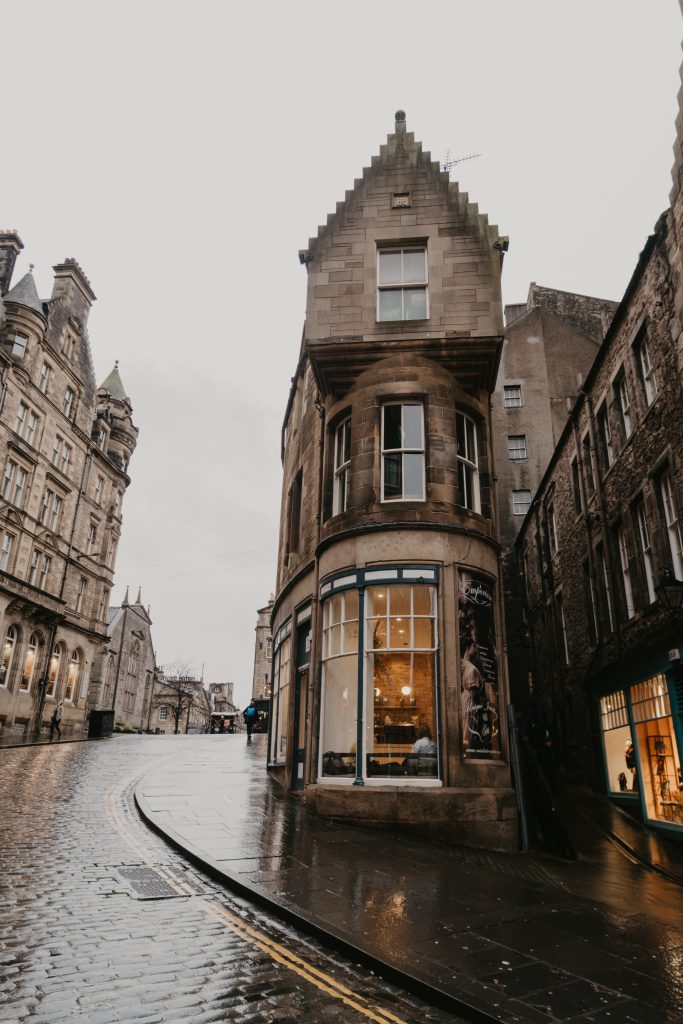
Edinburgh’s Literary Legacy and Its Influence on Commercial Property.

Photo by Toa Heftiba on Unsplash
The 2023 Edinburgh book festival is underway as this blog goes “live”. This popular annual event, which began back in the eighties, is just one of the reasons why Edinburgh became the world’s first UNESCO City of Literature.
Edinburgh has a long literary history, dating back to the 18th century. It has been the home for Arthur Conan Doyle, Walter Scott, Robert Burns, Robert Louis Stevenson and more recently JK Rowling.
These figures not only contributed to the literary world but also helped establish Edinburgh as a hub of intellectual and artistic activity.
Of course these literary associations serve as a major draw for tourists and have a positive impact on the local economy, boosting the hospitality, retail, and entertainment sectors. According to statistics from Visit Scotland in 2019 there were 2.3 million international visitors to Edinburgh and the Lothians and 3.1 million domestic visitors with the average length of stay being 4 to 7 nights.
Commercial properties located near or within literary landmarks such as The Writers’ Museum or the Scottish Storytelling Centre, can use their proximity as a unique selling point. Hotels, bed and breakfasts, and other leisure sector properties situated in historic buildings or in areas with literary associations can attract guests visiting Edinburgh for bookish reasons or who are seeking an authentic Edinburgh experience.
For example, The Balmoral Hotel has been used by many writers including J.K. Rowling, who completed the final book in the Harry Potter series, “Harry Potter and the Deathly Hallows,” in one of the hotel’s suites. They now have a suite named after the author which is very popular with fans. Each hotel room also contains a library and they use the fact they are a short walk from the Writers Museum to advertise themselves as the “perfect location for a literary getaway”.
Commercialisation of heritage sites if conducted in a culturally sensitive manner can see creative and sustainable outcomes that benefit both the community and the commercial property sector. According to 2018 studies commissioned by Historic England listed buildings are more likely to be used by independent, retail and food & beverage businesses because the space available in historical settings is more suited to these types. In turn these independent places add to a city’s identity.
Riddle’s Court is an historic building in the heart of the Old Town that has been repurposed for events, conferences and various literary and cultural gatherings, while preserving its merchant’s tenement historical architecture. It also has office space available to rent.
A mixed-use hospitality space in The Queensferry Street area of Edinburgh has recently been confirmed with a design that…”will enable significant physical and economic regeneration of these historic properties, providing them with a sustainable long-term future”.
In essence, Edinburgh’s literary culture isn’t just a historical footnote; it forms a symbiotic relationship with the city. It influences its economy, tourism, education, and community life, making Edinburgh a truly remarkable place where literature and culture intersect.
NovaLoca has a wide range of commercial property available throughout Edinburgh. Follow the link here to see them.
